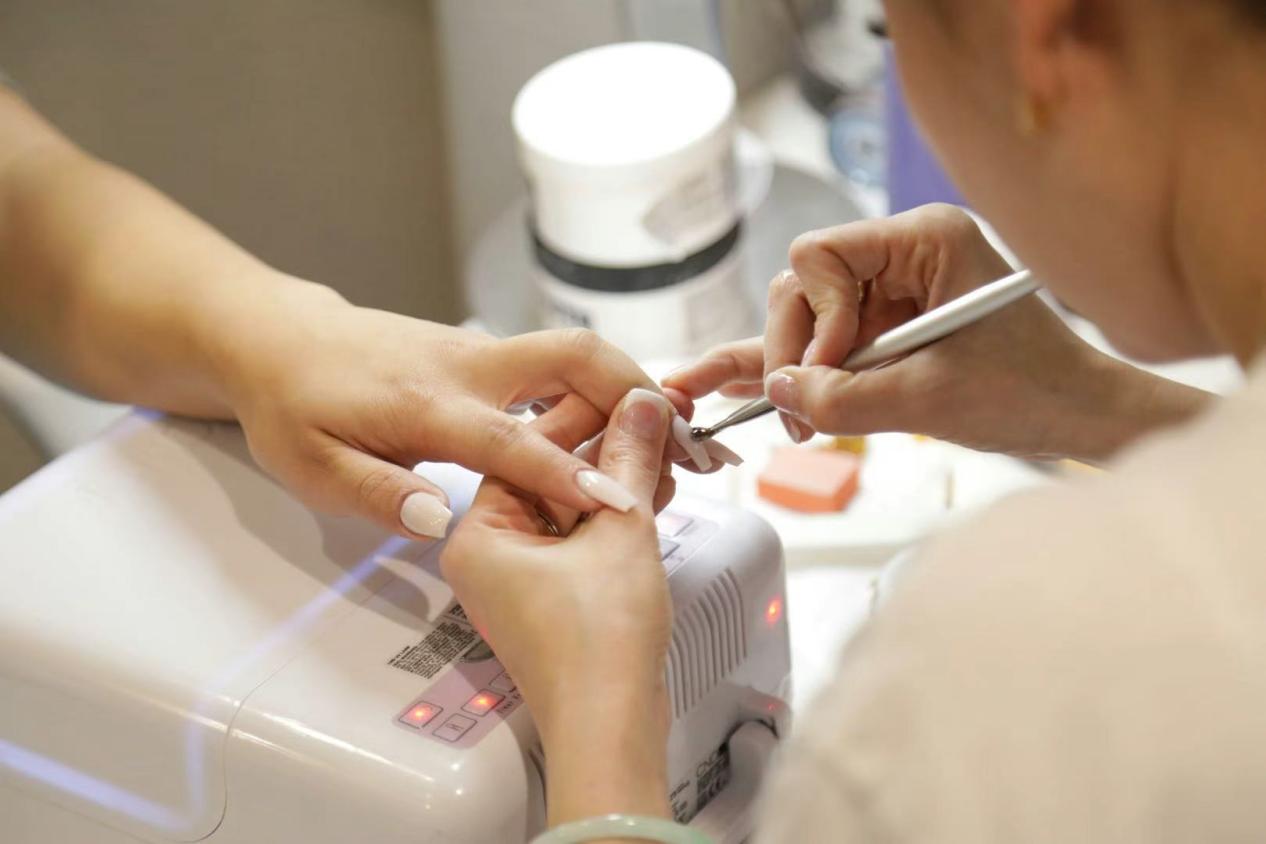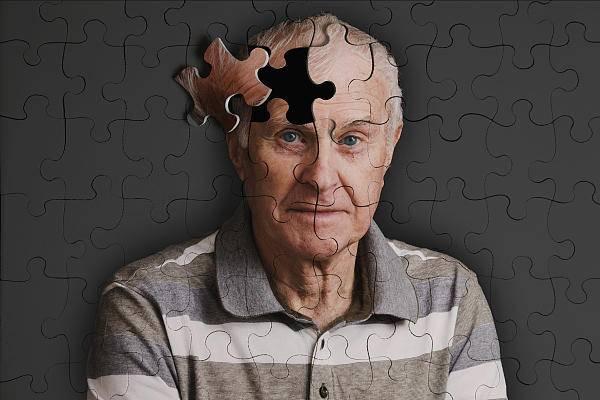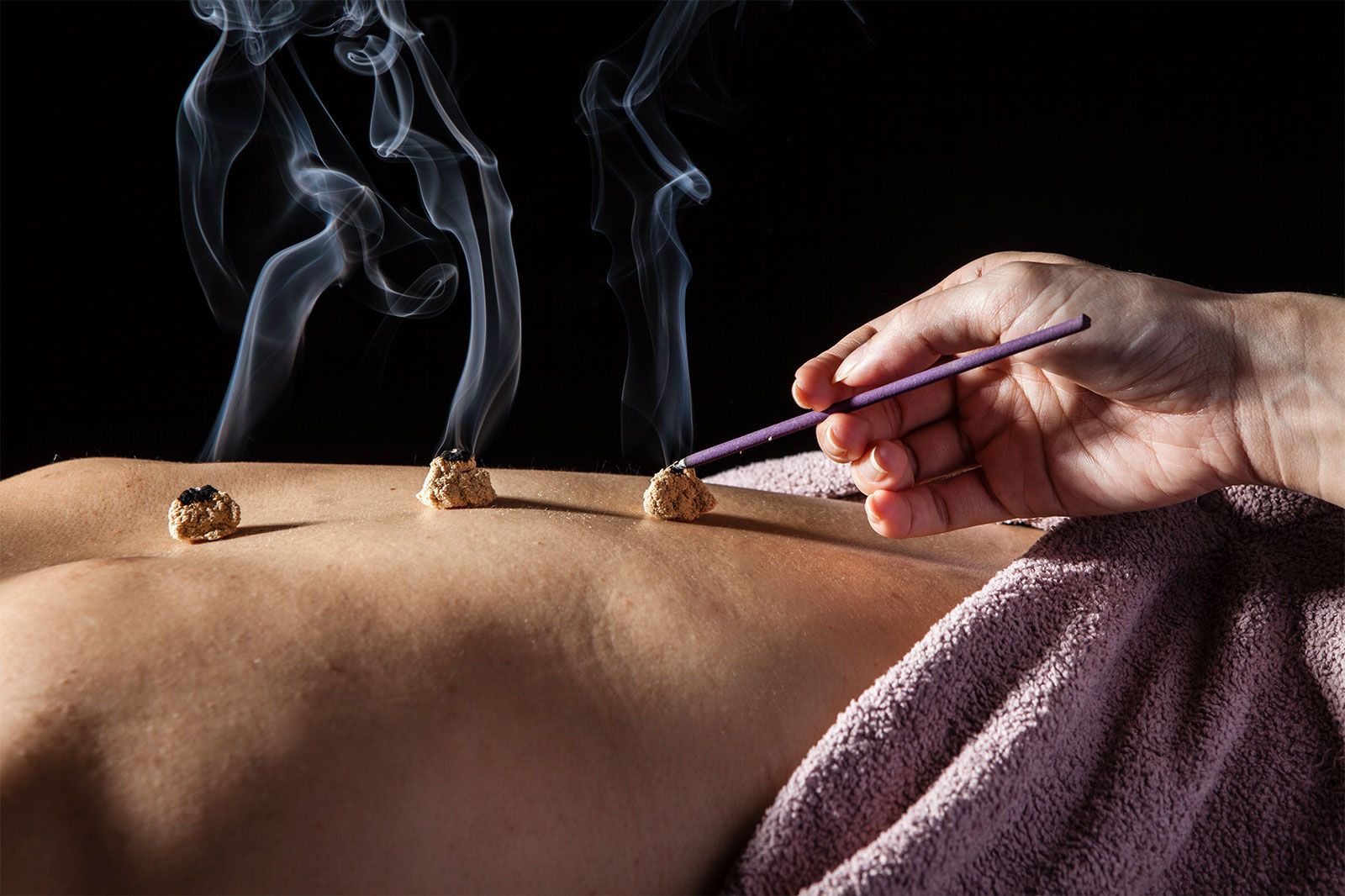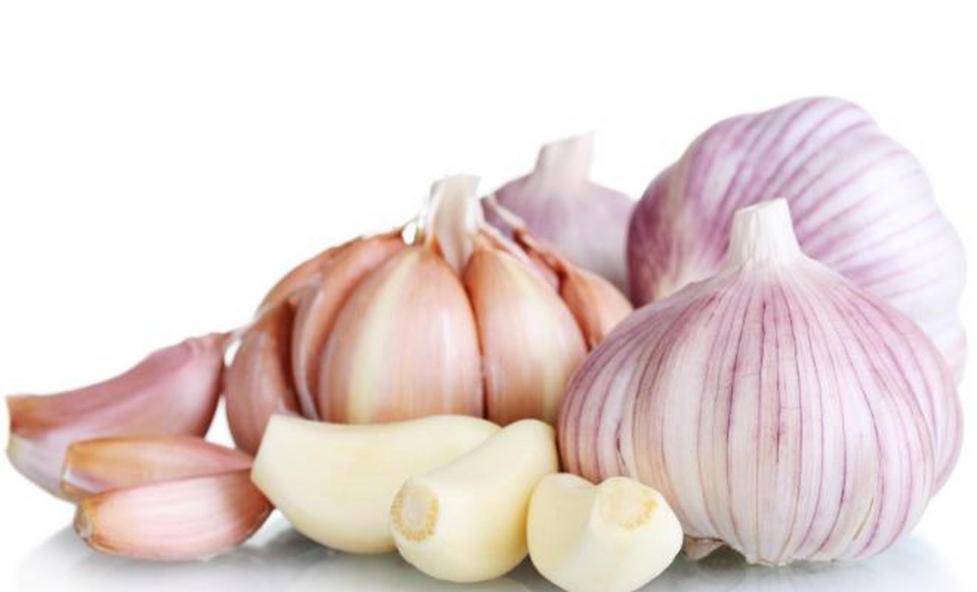Have you ever noticed that no matter how diligently you brush your teeth or how carefully you choose your toothpaste, your teeth still seem to quietly shift from dazzling pearl white to a soft yellow hue? It feels like teeth yellow faster than a bubble tea straw gets clogged. Many people believe that the main culprits behind yellowing teeth are coffee, tea, or poor brushing habits, but the truth is far more complex. Many causes of tooth discolouration are unavoidable. Today, let’s uncover the perplexing yet inescapable “yellow tooth mystery.”

To start, it’s undeniable that the food and drinks we consume do leave “marks” on our teeth. Imagine wearing a white shirt and accidentally spilling a drop of coffee on it; that stubborn stain seems impossible to wash out. Coffee, tea, red wine, and even cola are rich in chromogens—pigments that cling to the surface of your teeth like hair dye. What’s worse, these drinks also contain tannins—“assistants” that help these pigments stick even more firmly. But even if you carefully avoid these beverages, your teeth can still turn yellow because the real culprit lies deeper.
As the years go by, the outer layer of our teeth—enamel—gradually wears down, much like an old piece of furniture losing its shine. Teeth are like translucent curtains; as the curtain gets thinner over time, the yellowish light from outside becomes more visible.
Genetics also plays a significant “directorial” role in this process. If you’ve inherited a robust enamel “armour” from your parents, congratulations—your teeth are likely to appear whiter and healthier. But if you’ve inherited thinner enamel, no matter how diligently you brush or how expensive your toothpaste is, your teeth will still tend to look yellow. Some people are born with “naturally white teeth,” while others, despite their efforts, must settle for a “custard bun” kind of smile—such is the magic and inevitability of genetics.
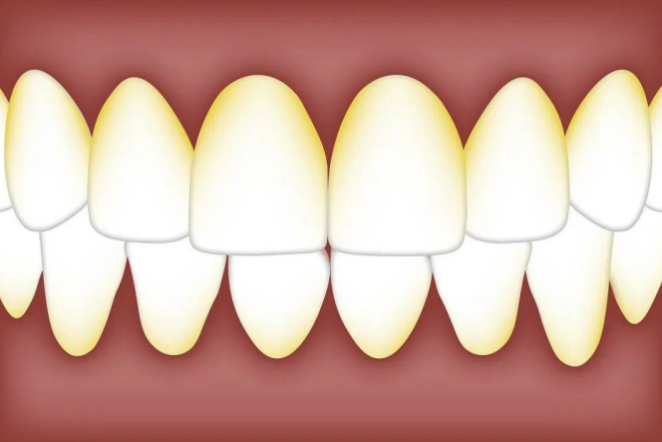
For those seeking a brighter smile, teeth whitening seems like a quick and popular solution. Professional bleaching can make your teeth gleam like a freshly deep-cleaned old carpet in no time. Just like a freshly washed white shirt, if you continue drinking coffee or tea, stains will eventually return.
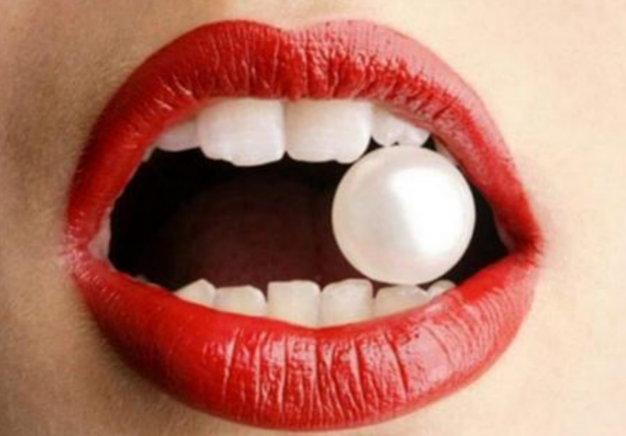
Another challenge with teeth whitening is that it can cause temporary sensitivity, similar to the sharp twinge you feel after drinking something icy. While effective, teeth whitening should be done in moderation and isn’t a long-term fix. For those looking for a more lasting solution, veneers might be a better option. Veneers act like smooth “armour” for your teeth, covering all imperfections and making them look dazzlingly white. However, veneers aren’t suitable for everyone, as they require shaving off part of the enamel to attach them—like sanding furniture before applying varnish. Plus, they come at a steep price, making them a significant cosmetic investment that requires careful consideration.
While everyone dreams of having movie-star white teeth, a slight yellow tinge is a natural and healthy state for teeth. Striving for a perfect white smile shouldn’t come at the cost of your dental health. Ultimately, what matters most is the strength and function of your teeth, not whether they meet an “ideal white” standard.
A healthy smile holds more power than a flawless one, much like a richly written book is more compelling than a hollow, beautifully bound one. So next time you look in the mirror and notice the slight yellow tint of your teeth, try to see them in a different light. They’re a record of your life experiences and a unique mark of time’s passage. Rather than obsessing over perfection, embrace these natural changes and let your smile radiate health and confidence.
